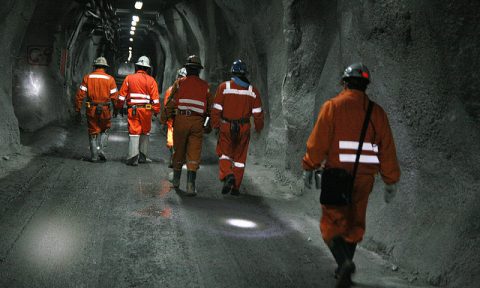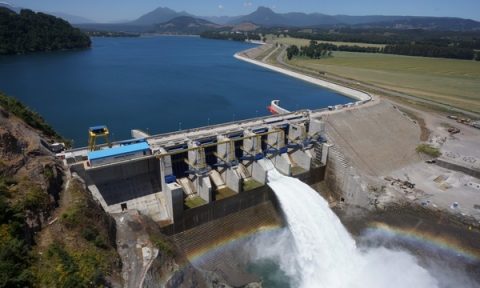The four countries with highest electric power in the world favor renewable energies
10-Dec-2012 El Mercurio – News
Iceland, Norway, Canada, and Sweden heading energy per capita consumption country ranking:
The four countries with highest electric power in the world favor renewable energies
On the other end, countries like Finland, U.S.A., Australia and Chile are important users of fossil fuels
After Second World War a small and poor country made an investment that for many seemed rather reckless: this small country decided to explore its natural resources to evaluate whether they could obtain the necessary energy to light their land from their own resources. So they did, and in such a way that today they cover almost 75% of their energy needs with their own natural resources. This small country is Iceland, an island located in the North Atlantic with only 300,000 inhabitants living over a volcanic belt.
Iceland is leading the group of five countries with the highest energy consumption per capita rate: Iceland, Norway, Canada, Finland, and Sweden. Except Finland, all the above countries favor renewable energies.
Iceland’s Geothermal Energy
Geothermal steams in Iceland are known since long ago. The capital city name, Reikiavik, means “Steamy Bay” in Icelandic. The country land is spattered with endless surface fissures or vents enabling the extensive use of geysers-produced steam for geothermal energy generation.
By the middle of last century Iceland was a developing economy highly depending on outsourced energy. By using renewable energies the country reduced production costs and developed a huge money saving by stopping petroleum and coal imports. Icelanders improved their life standard becoming one of the economies with the highest income per capita in the world by the end of the last decade. Financial crisis in 2008 broke its banking system and the economy, a trauma the Icelanders are trying to forget after four years of strict austerity: they were able to improve a budget deficit of 14% to be 2% of GDP. In 2012 growth would be even higher than 3% in a continent stricken by recession.
This optimistic approach may be explained by the megaproject to export geothermal power to Great Britain the country is developing. The state-owned energy company, Landsvirkjun, is constructing a submarine line to supply energy to Scotland before 2020. Costs for British customers will be lower than installing a nuclear plant and rates could even be competitive.
The power of water
Norway, Canada and Finland produce their energy mainly from hydroelectricity. Norway offers the most interesting situation because the country also has huge reserves of petroleum that have allowed them finance a several-million state reserve. It does not really matter: fossil fuels only represent 2.6% of their energy matrix while hydroelectric plants generate 91.1%.
In Sweden almost half the production of energy comes from hydroelectric plants and only 15% from other renewable power sources. The torrents in Canada generate 57% or their power supply.
The other countries that complete the 10-highest per-capita energy consumers still have an important dependence on petroleum, gas, and coal, as per data provided by U.S. Government Half of the Finland energy matrix is also dependent on fossil fuels with values while in the U.S.A. this figure reaches 75.5% and 79% in Australia. Large-size petroleum exporters like Kuwait and Qatar energy is 100% dependent on hydrocarbon.
In China fossil fuels have a similar price than in the U.S.A. but the hydroelectric power has a higher relative importance: 22.4% in the Asian country while only 7.7% of the North American country.












